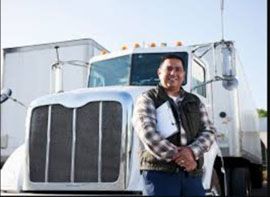4070 Etiwanda Ave. Unit C Jurupa Valley, CA 91752
(Walk-Ins Welcome)
4261 Odyssey Dr. Unit 111 Corona, CA 92883
(Only by Appointment)
What are the Key Challenges in Performing DOT Drug Testing?
The importance of DOT drug testing in transportation cannot be overstated. It is significant because it ensures safety on roads both at the worker level and for other people using these facilities. However, the entire journey of DOT drug testing—from sample collection to its analysis—involves immense struggle as far as making this test accurate is concerned.
In this article, we will identify the main challenges involved in DOT drug testing, discuss some practical solutions toward an easier process, and with this, help an organization improve their testing protocol, arm the employer, and make it easier on everyone. Let's get started!
What is a DOT Drug Test?
The U.S. Department of Transportation requires DOT drug tests for safety-sensitive employees in transportation industries. It is meant to prevent the on-the-job use of illegal drugs by commercial drivers, aviation workers, railroad employees, and many more who work with the public in vehicles, thus fostering a safer working environment and protecting public safety.
How is a DOT Drug Test Conducted?
DOT drug testing is always done systematically. This ensures accuracy while following the guidelines given by the federal administration. The process is thus implemented as follows:
- Pre-Employment or Random Selection: It begins when the employee is selected for the testing in pre-employment, in random selection, or right after an accident.
- Notification: The chosen employee is informed as early as possible about the testing to ensure timely and effective procedure.
- Collection Site: The donor is taken to a designated collection site, which must comply with DOT regulations.
- Identification: The donor provides identification to verify their identity before proceeding.
- Sample Collection: The donor must provide at least a 45-mL urine sample collected in a secure restroom for urinalysis.
- Temperature Check: The collected sample is checked immediately and found and labeled within the acceptable range of 90-100°F of acceptable temperature to eliminate potential tampering.
- Chain of Custody: A chain-of-custody form that chronologically documents every detail throughout the process must be filled out to prevent sample contamination.
- Testing: After collecting the specimen, it is forwarded to the testing laboratory for examination. The process comprises two tests: the primary test and confirmatory testing.
- Results: After this entire process is completed, the report is sent to a Medical Review Officer (MRO), who ensures its correctness and authenticity.
- Follow-Up: The employer receives the outcome and takes appropriate action as necessary. This may include further assessments or disciplinary actions.
Through these tests, the DOT ensures that the transport industry will uphold only the highest safety standards and that those who eventually become assigned drivers and operatives will be fit to drive and handle the vehicles.
What are the Key Challenges in a DOT Drug Testing?
1. Incomplete or Inaccurate Paperwork
Challenge: Missing fields, wrong personal information, or illegible handwriting can significantly delay the process or result in invalid test results. Most errors are related to the manual handling of forms, which disrupts the smooth processing of drug screenings, requiring rework and additional time to correct.
Solution: One of the most effective means of addressing this is electronic chain-of-custody forms, or eCCFs. These provide for automatic prompting of the user to fill in all the required fields accurately with minimal human error. Further, documentation is legible and complete, and verification checks are built into the forms that catch errors before submitting them.
2. Chain of Custody Issues
Challenge: The chain of custody must not be broken in DOT drug testing. Breaking the chain of custody raises questions regarding the legitimacy of test results. A mishandled, improperly stored, or inadequately transported specimen can present problems, leading to lawsuits, liability to employers, and a breakdown of confidence in the process.
Solution: The drug testing procedure should be implemented in an organized manner with standard protocols for handling specimens. Staff should be trained on the protocols, and regular audits should be conducted to identify weaknesses so the test results are preserved while ensuring compliance.
3. Managing Refusals in DOT Drug Testing
Challenge: Refusals to test disrupt DOT drug testing and pose challenges for employers. Common refusals include no-shows, leaving mid-process, sample non-provision without valid reasons, and refusal of observation guidelines or tampering attempts.
Solution: To address these challenges, clear communication about the consequences of refusal should be emphasized to all employees. Informing them of the legal and employment-related outcomes can deter non-compliance. Additionally, conducting regular training for collection staff on recognizing and documenting refusal behaviors can improve accuracy and reduce misunderstandings.
4. Addressing Shy Bladder Situations
Challenge: In urine drug testing, a "shy bladder" occurs when a donor cannot provide the required 45 mL for DOT tests. If a donor falls short, the shy bladder protocol allows up to three hours to produce an adequate sample, during which they can drink up to 40 ounces of water. If still insufficient, it may be classified as a refusal, pending a medical evaluation for valid reasons.
Solution: Scheduling donors two hours before the collection site's closing allows full use of the three hours if needed. Moreover, employers can improve shy bladder management through clear communication with the site, timely follow-up, and educating employees on the protocol to reduce stress and prevent confusion.
5. Handling Temperature Irregularities
Challenge: Temperature irregularities in urine samples, a red flag for tampering, prompt further action in DOT tests. The acceptable specimen temperature is 90-100°F, verified by a strip immediately post-collection. If out of range, a second collection under observation is required. If the donor refuses this follow-up, it is recorded as a refusal to test, and no specimen is sent to the lab.
Solution:
To reduce tampered samples, employers can work closely with collection sites to maintain proper testing protocols and train staff to document temperature checks and any irregularities accurately. Ensuring clear instructions for staff and donors on the importance of sample integrity can help mitigate these temperature issues and uphold the reliability of the drug testing process.
Conclusion
A failed DOT drug test can be overwhelming, but that's not the end of your career. You can rebuild your professional life through a comprehensive treatment plan, respect for the return-to-duty process, and sticking to sobriety.
Along the way, come to see Dr. Arman Ghodes for taking
DOT drug tests near you. He is fully aware of all the rules and regulations while committed to guiding and caring for his clients throughout the testing and treatment process. With good support and a positive attitude, you will be fine on the other side.
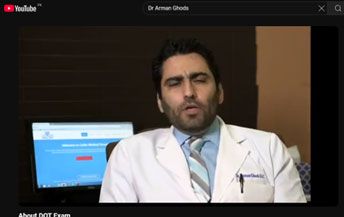
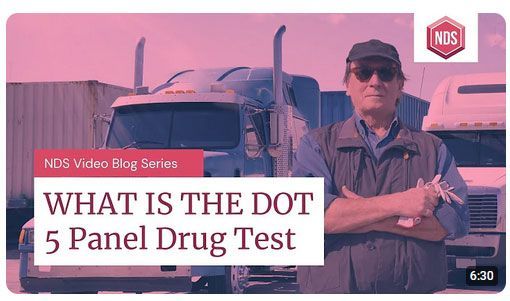



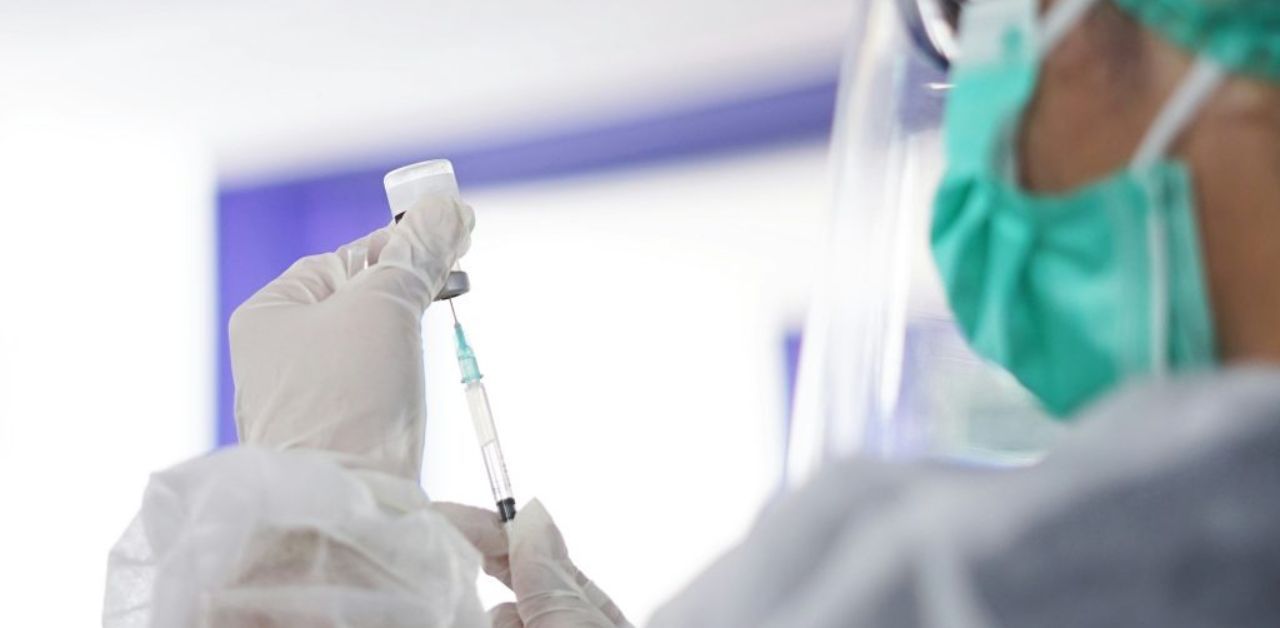
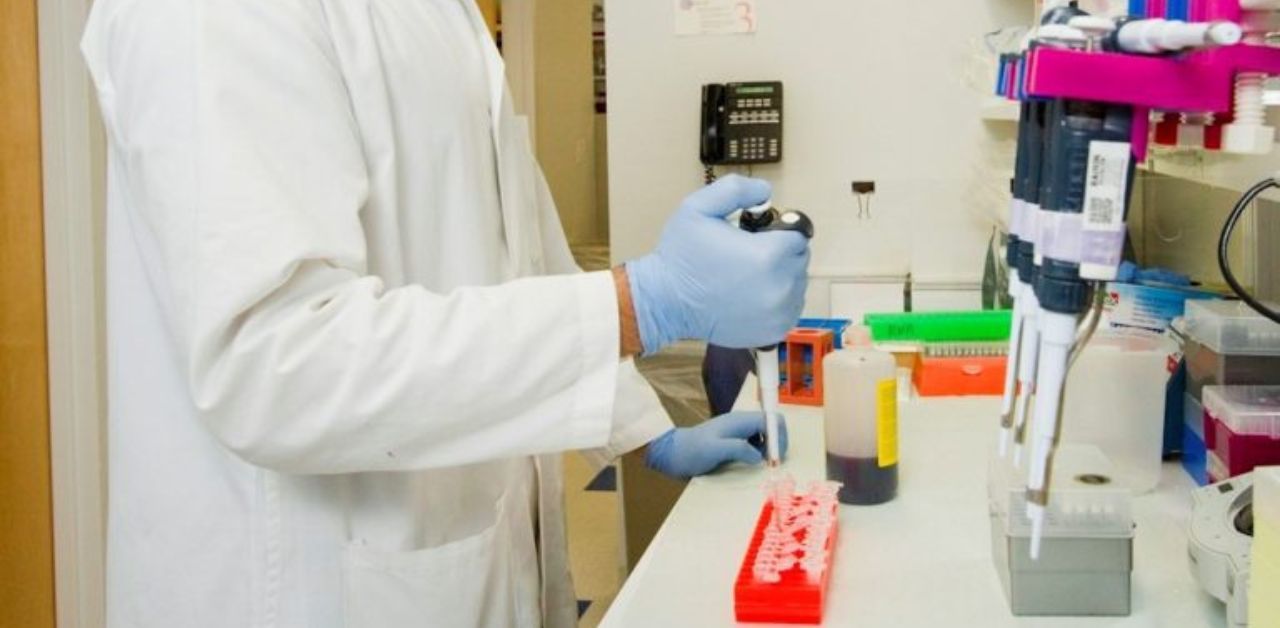
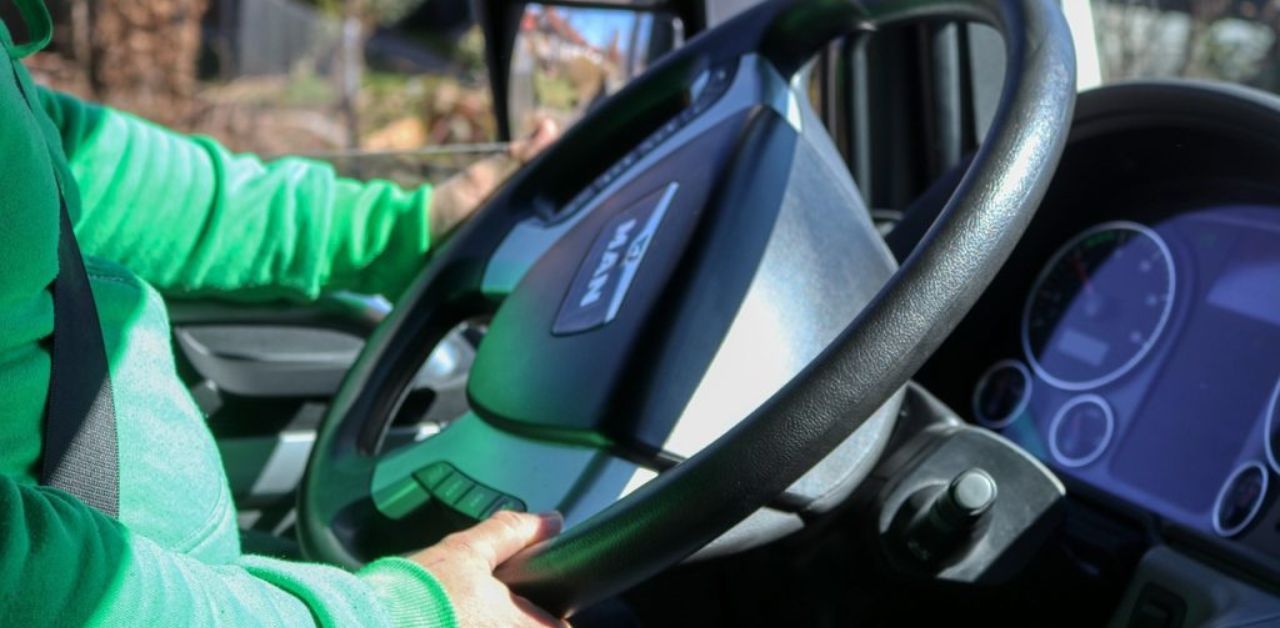
OUR LOCATIONS
Primary Location: 4070 Etiwanda Ave. Unit C Jurupa Valley, CA 91752
Secondary Location: 4261 Odyssey Dr. Unit 111 Corona, CA 92883
(Only by Appointment)
CONTACT INFORMATION
BUSINESS HOURS
Mon - Fri: 9:00 am - 6:00 pm
Sat: 10:00 am - 1:00 pm (Corona Location)
Sun: Closed
Call for after hours (Corona Location)
Certified Medical Examiner NRCME #7855645511
